Sakura Wars: So Long, My Love
By Alvin Lim
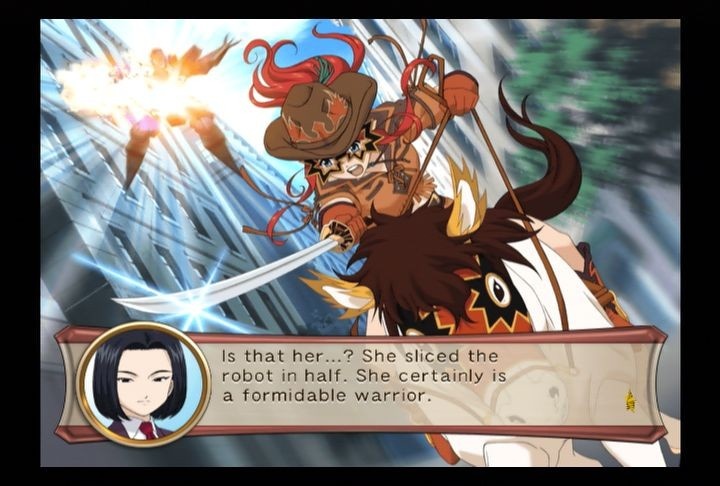
SEGA’s dating sim/visual novel mecha SRPG hybrid series, Sakura Wars (or Sakura Taisen if you prefer), has often been absent from Western shores — at least game-wise. When Sakura Wars V was released in Japan in 2005, there was virtually no hope of us getting it either. Miraculously, SEGA, RED Entertainment, Idea Factory, and NIS America teamed up and gave the game all the love it needed with its English release five years later in 2010 as Sakura Wars: So Long, My Love.
The game was ported to the Wii, fully dubbed, and even released on the PlayStation 2 despite being quite late in the console’s lifespan. They even included TWO discs on the PS2 version! One with the original Japanese voice acting and names and another with the English dub and localized names. Talk about going the extra mile!
I will always love and appreciate NISA for releasing this game and helping me learn to love this series! Sakura Wars: So Long, My Love is one of my favorite PS2 games. While the series is struggling to continue today, at least we got its latest entry ten years after Sakura Wars V — known simply as Sakura Wars — in English. We even saw the series represented in Project X Zone, which was also technically a miracle localization project. Ignoring Sakura Kakumei’s utter failure, here’s hoping SEGA will continue the series in the future and port all the missing games to modern consoles in English!
Shin Megami Tensei (iOS)
By Patrick Gann
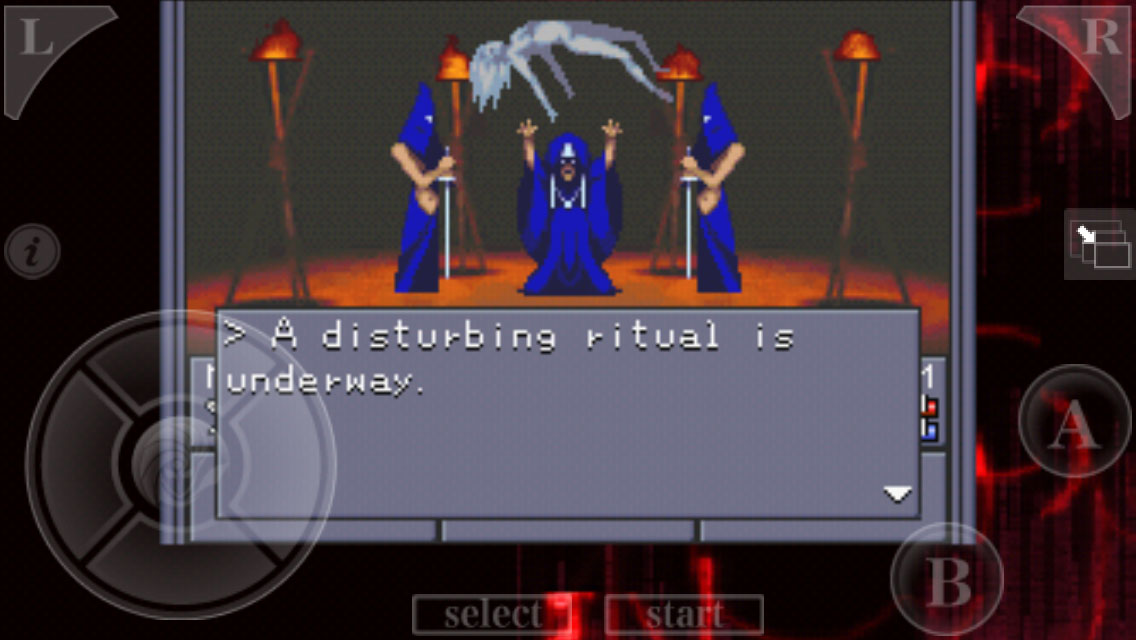
I have a confession to make. Shin Megami Tensei is the only main, numbered entry in the SMT series I’ve played as of this writing. Nearly a decade ago, someone pointed out to me that the first SMT was released in English, exclusively for iOS. I broke out a very early-gen iPod Touch and got to work playing it. A full 60 hours later, I had reached my desired ending (“Neutral”) and fallen in love. Of course, I hoped Shin Megami Tensei II — and, dare I dream it, Shin Megami Tensei if… — would join the iOS lineup shortly thereafter. Not only did that not happen but later on, someone (Atlus? Index? Apple?) pulled this game from the App Store. If you already purchased it, you have access to it in perpetuity. But at some point, it became lost. One wonders what’s stopping Atlus from doing a quick, cheap port of this version to Steam. Maybe someday we will get Shin Megami Tensei I & II on Steam, and if they do, they already have a decent localization to work from. As memory serves, it had typos and some vague wording, but it was definitely a serviceable localization. Bring it back, Atlus!
Shin Megami Tensei: Devil Summoner – Soul Hackers
By Audra Bowling
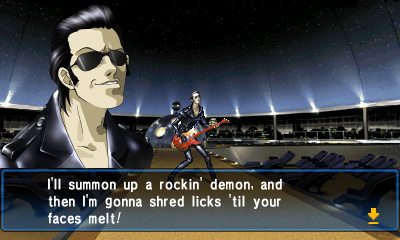
Shin Megami Tensei: Devil Summoner – Soul Hackers originally released on the SEGA Saturn in Japan in 1997, with a PlayStation port following in 1999. It wouldn’t be until an enhanced version of the PlayStation port released for the Nintendo 3DS in 2013 that Devil Summoner: Soul Hackers would finally see an official worldwide release. The game occurs in the fictional, technology-advanced Amami City, where a group of hackers known as the Spookies work. One of their number becomes a newly minted Devil Summoner while another gets possessed by the ancient spirit Nemissa. The game utilizes the first-person dungeon-crawling and demon collecting/fusion that the Shin Megami Tensei series is known for wrapped up in a cyberpunk-styled aesthetic. It was actually the first SMT game outside of the Persona spinoffs I ever played. I found both Nemissa’s story and the backdrop of Amami City quite compelling. Devil Summoner: Soul Hackers even recently received a sequel in the form of Soul Hackers 2. Plus, one of the antagonists players face is a demonic dolphin! That alone made the localization wait totally worth it.
Summon Night 5
By Ben Love
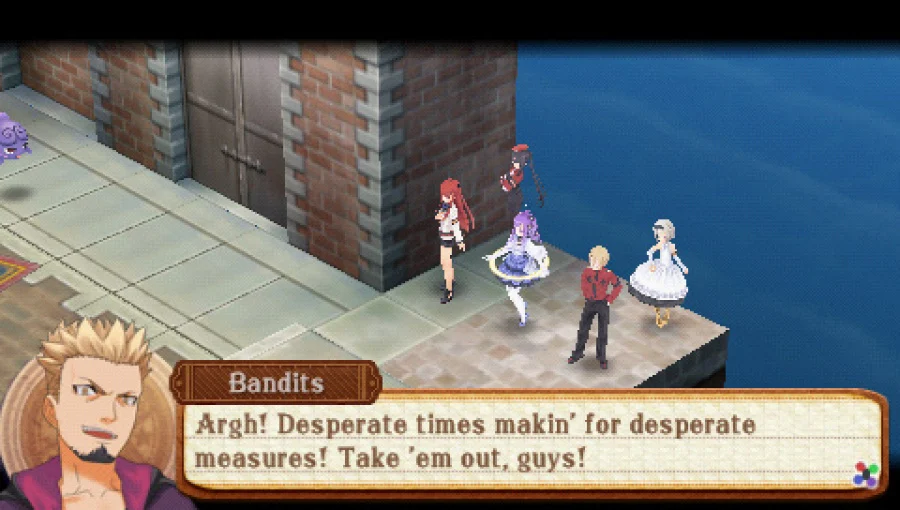
Developed by Flight-Plan and released on PlayStation consoles, the Summon Night games are quite popular in Japan and, despite numerous re-releases, never made the jump overseas. While Western audiences would receive a handful of the series’ action RPG spinoffs (Summon Night Swordcraft Story 1 and Swordcraft Story 2 for GBA and Summon Night: Twin Age for the DS), the main series was always out of reach.
Flight-Plan went out of business in 2010, and hope of Western releases of their flagship series died with them. Former employees of Flight-Plan banded together and formed Felistella and immediately got to work on Summon Night 5 for the PSP. By the time the game was finished in 2013, the series had been passed over so many times that it seemed unlikely that a PSP title would make it overseas so late in the console’s life. Enter former Working Designs head Victor Ireland and his company Gaijinworks announced out of nowhere that they would bring over the game in 2015, two years after the game’s release in Japan, with a limited physical release and digital release on PSN. This whole saga is by far one of the longest shots in game localization history, and any SRPG fan should check out Summon Night 5 to experience one of the genre’s most formative series.
Tales of Phantasia
By Stephanie Sybydlo
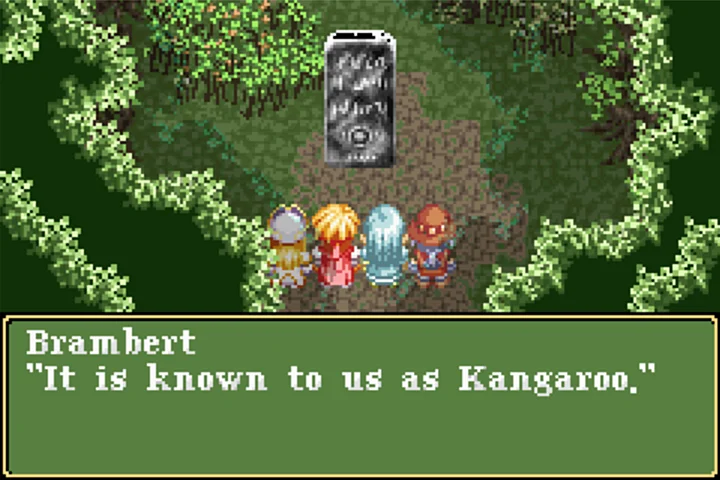
It’s surprisingly hard to talk about the first entry in the long-running Tales series, especially with respect to localizations. Tales of Phantasia was first released in Japan on the SNES in 1995 but never came overseas since it was late in the console’s lifespan. The game then had a beautiful remake for the PlayStation in 1998, including revamped gameplay, an animated intro, Tales-famous skits, and more. But THIS version didn’t make it abroad either, likely because of the cool reception Tales of Destiny had.
Phantasia was then ported, albeit poorly, to the Game Boy Advance in 2003. So guess which version we finally got? Since Tales of Symphonia was so well received, NA/EU audiences could finally play the GBA version in 2006. This version featured stiff gameplay, poor sound/graphics, and a spotty localization infamously translating “Ragnarok” as “Kangaroo.” The game would be redone again-again, with new and reused assets, for the PSP in the Full Voice Edition and the Cross Edition, which removed time-stopping from spell casting and added a tie-in with the Narikiri Dungeon X remake (a sequel/spin-off set 200 years after Phantasia) — all of which were MIA overseas. We don’t need to discuss the ill-fated 2013 mobile version.
One hopes Bandai Namco has it in them for ONE more worldwide release. It’s one of those big JRPG classics, complete with all the “quaintest” of RPG tropes, some with roots sown in Tales of Phantasia.
Trials of Mana
By Michael Sollosi
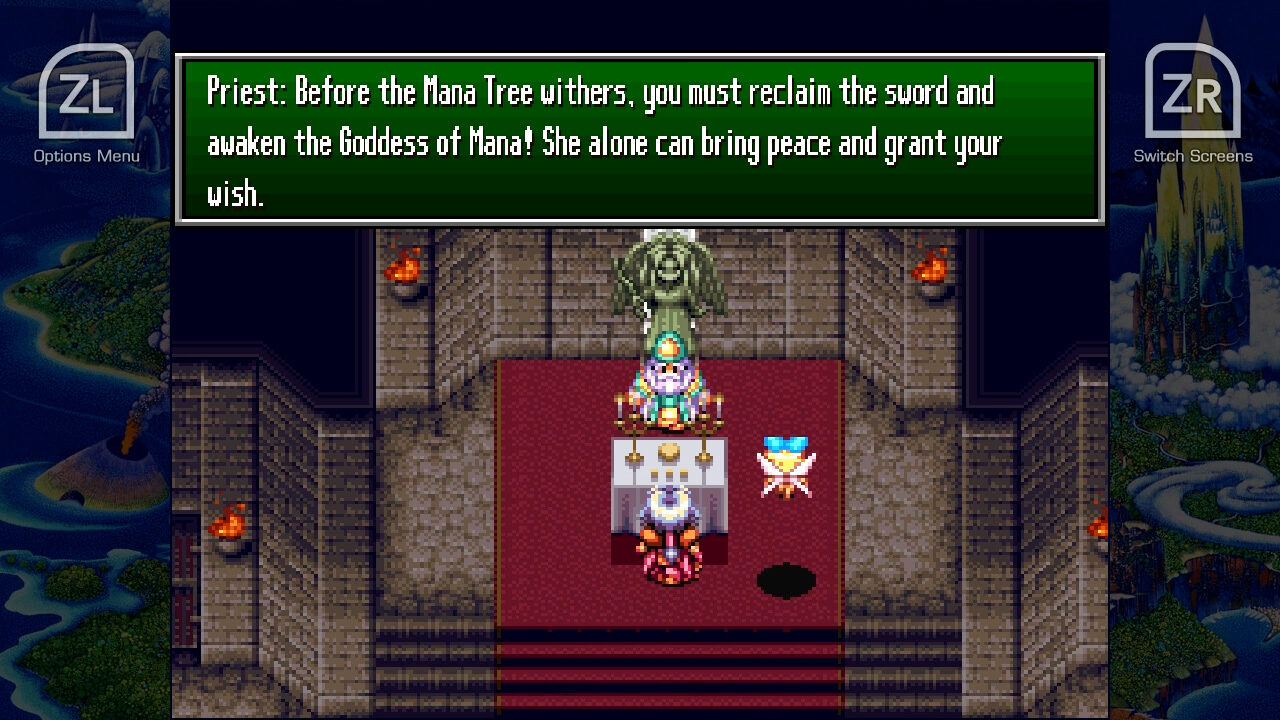
Most fans of 16-bit RPGs gave up on an official release of Trials of Mana long ago. Known as Seiken Densetsu 3 in Japan, Trials of Mana went unlocalized for a full 24 years. An English-language fan translation was completed in August of 2000, so many fans of the 21st century (including yours truly) managed to play the classic action RPG on (probably) illegal ROM files, getting to know Duran, Angela, Kevin, Charlotte, Riesz, Hawkeye, and the last surviving Mana Faerie in their struggle to save their homelands from multiple ill-intentioned factions.
Then, on June 11th of 2019, everything changed when The Fire Nation attacked Nintendo held their E3 Nintendo Direct.
The newly-christened Trials of Mana was to receive a 2020 3D remake as well as inclusion in a fully-translated Collection of Mana, with the latter available for download the same day as the announcement. A generation of international Mana fans felt a surge of shock and joy; my own reaction was confused laughter. Now RPG fans the world over can finally save a very important tree, and I’m so glad for that.
Xenoblade Chronicles
By Stephanie Sybydlo
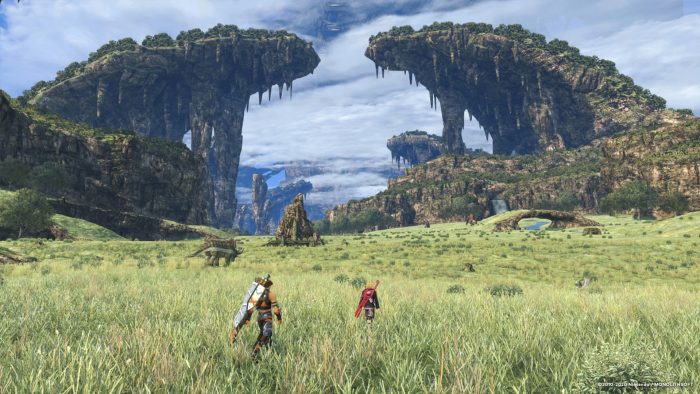
Xenoblade was released in June 2010 in Japan. Fast-forward a year, and gaming news outlets reported that Nintendo of America had “no plans” to bring Monolith Soft’s newest RPG epic overseas. They thanked the fans for their passion and told them, “Never say never.”
Then (perhaps) thanks to a vocal fanbase, support from devs, journalists, and efforts from Operation Rainfall, who campaigned for three promising Nintendo Wii RPGs without overseas publishers: Ganbarion’s Pandora’s Tower, Mistwalker’s The Last Story, and Monolith Soft’s Xenoblade Chronicles. XSEED Games took the first two titles, and Nintendo of Europe spearheaded localization to release XC1 less than a year later, in April 2012. Xenoblade had the longest legs of these three games, securing two additional ports (a 3DS version and the Definitive Edition for the Switch) and critically praised sequels, all with lengthy post-game/DLC content!
Much like Shulk with the Monado, the future of this series has changed and found millions of passionate fans, and it is my personal GOAT, thanks to Nintendo’s decision.
Can fans encourage localizations? “Never say never”!
Ys Origin
By Audra Bowling
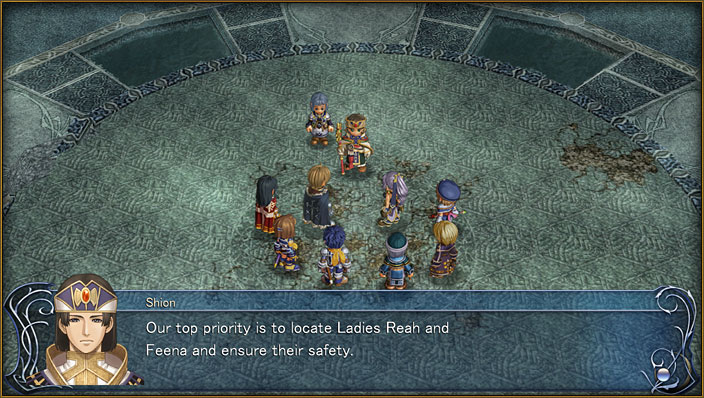
Although initially released for Windows by Nihon Falcom in Japan in 2006, it wasn’t until 2012 that Ys Origin finally saw a PC worldwide release courtesy of Xseed. Dotemu would later release Ys Origin worldwide on the PlayStation 4 and Vita in 2017, the Xbox One in 2018, and the Nintendo Switch in 2020. A prequel to Falcom’s venerable action RPG series Ys, Ys Origin features three playable characters with different playstyles and unique storylines. My personal favorites to play were the axe-wielding Yunica and the mysterious The Claw, though using magic to blast through opponents as Hugo also has its charm! Ys Origin is the first game in the series not featuring Adol as the main protagonist, though he does show up as playable in the Time Attack and Arena Modes. Since the title is now widely accessible, it’s an easy recommendation for action RPG enthusiasts not only for its strong gameplay but its amazing soundtrack. We just had to wait slightly longer than Japan for the chance to play it!



